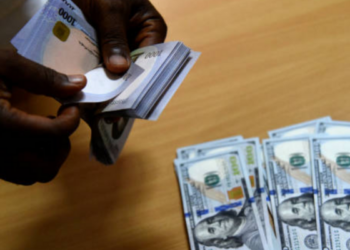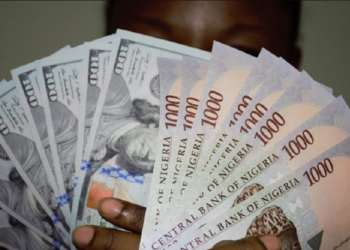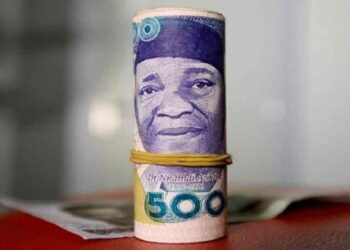Gold prices edged higher at Asia’s trading session on Tuesday. This gain was triggered by the U.S. dollar dropping some of its value.
U.S. gold futures gained about 0.17% to trade at $1,942.55, as at the time this report was drafted.
In the past week, the dollar index held firm near a more than one-week high, making gold more expensive for holders of other currencies. However, gold bulls reversed the downward trend, even as the greenback’s value lost some ground recently
READ: Currency traders relatively neutral on U.S dollar, despite impressive U.S Jobs report
In a note to Nairametrics, Stephen Innes, Chief Global Market Strategist at AxiCorp, explained the present volatility in the precious metal market, and the price levels at which gold prices will stick to, in terms of the prevailing macros. He said:
“The gold rally has stuttered on a combination of less dovish messaging from last week’s FOMC minutes and risk positive virus treatment news flows.
“Demand between $1875 and -$1925 should remain relatively sticky with the expectation that the Fed funds rate will be low for a very long time. The Fed has made it exceedingly clear that it will continue its current easy policy well into the recovery.
“The Fed is not leaving the party anytime soon as the markets further bifurcate the economy into haves and have nots and should be enough to float gold.”
READ: African Continental Free Trade’s first commercial deal to take off January 1, 2021
Quick fact: Humans mainly use gold for making jewelry, physical coins, and recently, for industrial purposes such as in the production of electronics. However, it is rare enough that many people don’t have it, or have it in minute quantities. Humans are emotionally and physically drawn to gold. Hence, it provides a significant store of value. Global Investors buy gold to hedge against inflation.





















